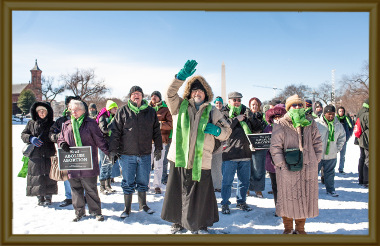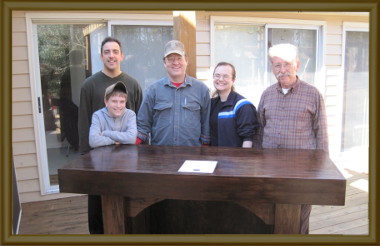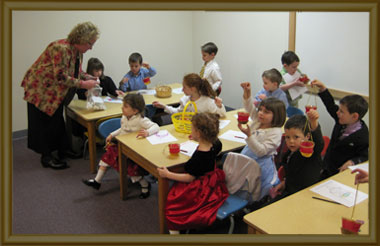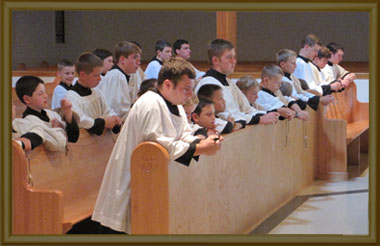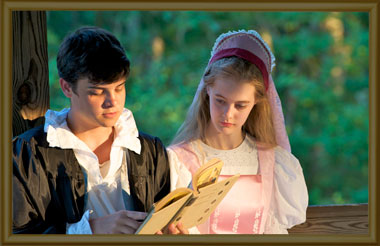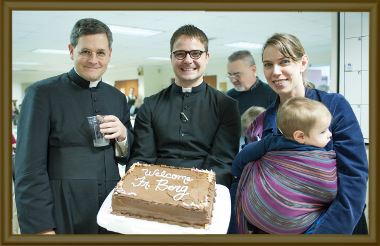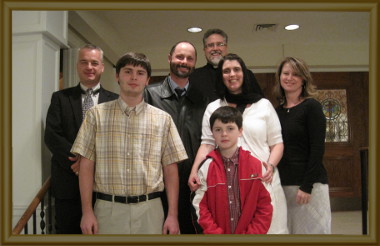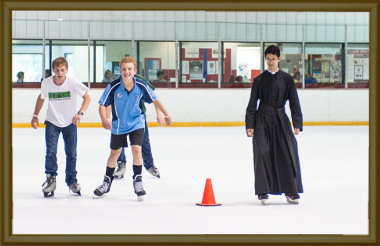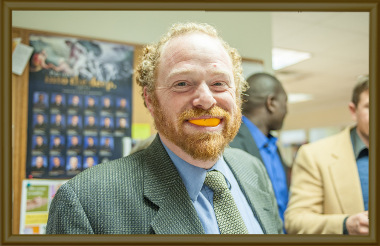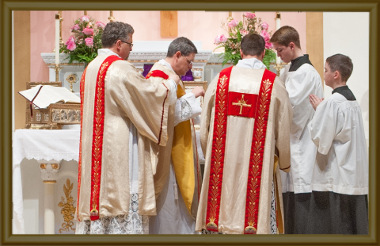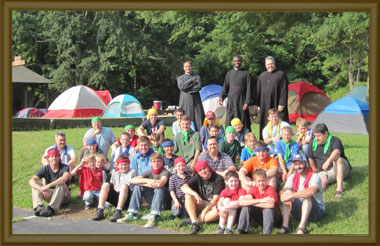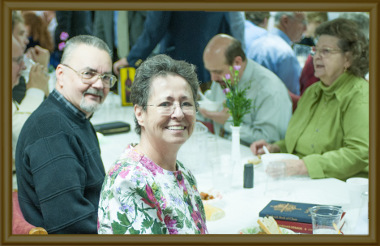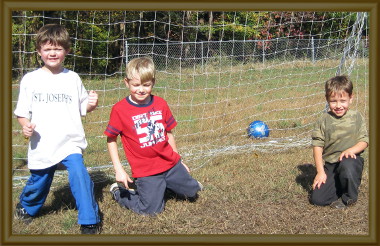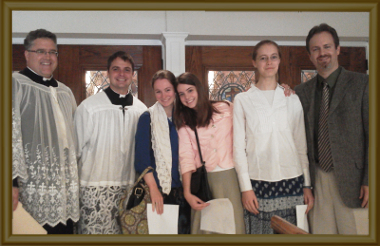Advent
Advent is the Liturgical Season which prepares us for the Feast of the Nativity of Our Lord Jesus Christ. It coincides with the beginning of the Liturgical year. The season always begins on a Sunday and includes at least four Sundays.
Advent’s color is violet, the liturgical symbol of penance. During the season, the Gloria is not sung at Mass, the pipe organ is not used, and flowers and relics do not appear on the altar. Gaudete Sunday, the third Sunday of Advent, presents us with a mitigation of this penance by allowing Rose colored vestments, flowers, and organ. Although Advent is not considered as deeply penitential a season as Lent, it is a time of expectant waiting. Waiting for what? Waiting for the coming of Christ. There are three principle such advents: we commemorate His first coming in Bethlehem; we reflect on the second coming in majesty at the end of this world; and we invite His coming into our hearts, in humility and majesty.
In earlier times, Advent was a time of fasting and abstinence similar to Lent. In modern observance, the faithful prepare themselves for the upcoming Feast by spending this season in quiet, prayer and self-examination. There must be silence. Without silence, there can be no prayer. Contrary to the prescriptions of popular culture, which only promote consummeristic preparations for Christmas, Catholics must avoid excessive busyness and premature celebrations in order to create some silence. However, an extended preparation also leads to an extended celebration. While our celebration only really begins on the Feast of the Nativity of Our Lord, it also lasts through the Octave of the Epiphany (January 13th).
As Pope Emeritus Benedict XVI notes:
"Advent, this powerful liturgical season that we are beginning, invites us to pause in silence to understand a presence. It is an invitation to understand that the individual events of the day are hints that God is giving us, signs of the attention he has for each one of us."
-Homily at First Vespers of Advent, November 28, 2009
Devotions During Advent
During Advent, the emphasis is on meditation, self-examination and penance. However, there are several additional devotions that are specific to the season.
Advent Wreath
Advent wreaths are evergreen wreaths containing four candles, one candle for each of the four weeks of advent. Three of the candles are purple and one is rose. The purple candles represent the prayer and penitence of the season. The rose candle represents the joy of Gaudete Sunday, when the faithful briefly break from penance to rejoice that the birth of Our Savior is near. The candles of the wreath are lit progressively, with one additional candle lit with each passing week in Advent. The increasing light of the candles represents the coming of the Light of the World.
St. Andrew Christmas Novena
This novena begins on November 30, the feast of St. Andrew, and ends on December 24th. The following prayer is prayed 15 times each day:
Hail and blessed be the hour and moment in which the Son of God was born of the most pure Virgin Mary, at midnight, in Bethlehem, in piercing cold. In that hour, vouchsafe, O my God! to hear my prayer and grant my desires, through the merits of Our Savior Jesus Christ, and of His Blessed Mother. Amen.
